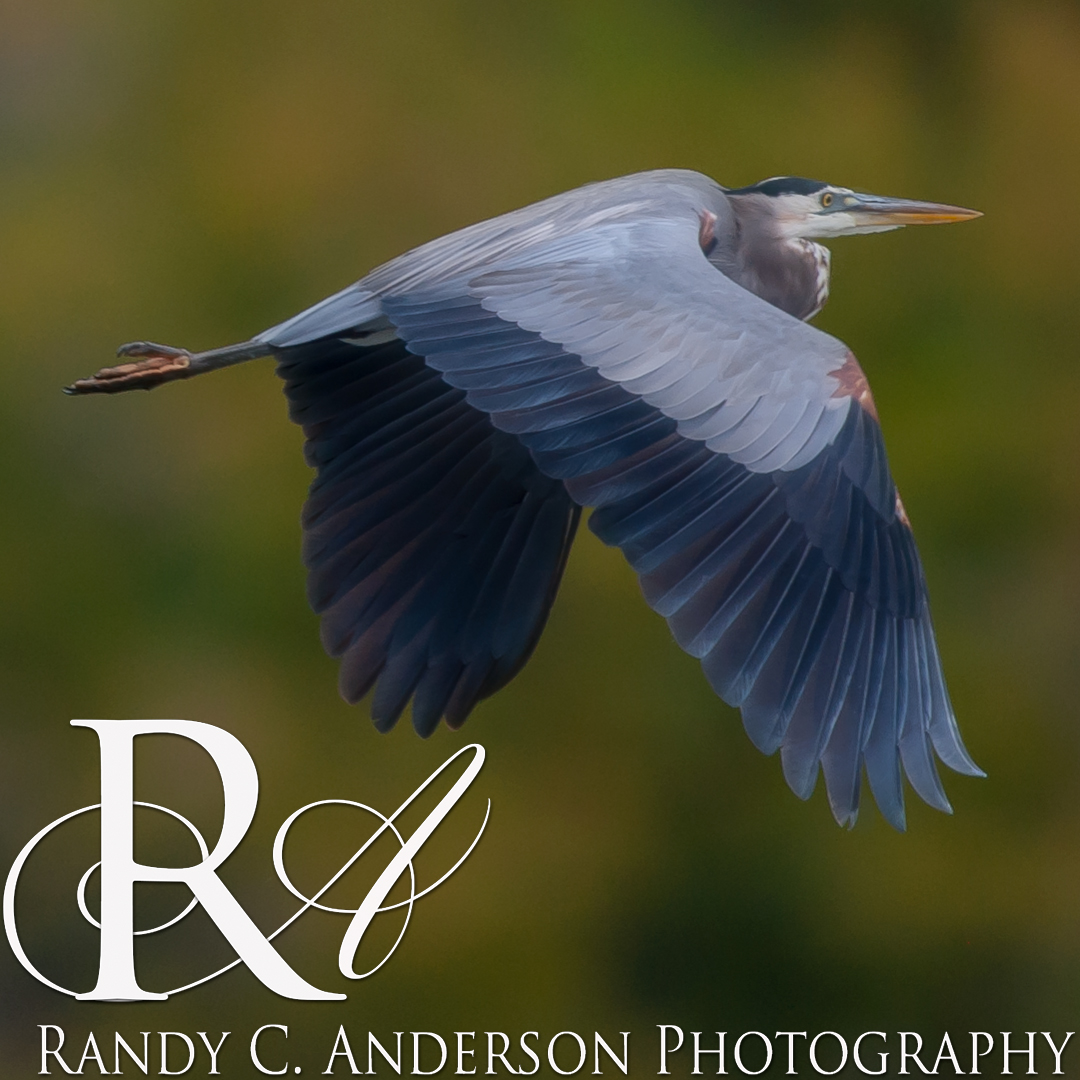I hear this statement a lot — Professional photographers are just lucky to get those great wildlife shots. I agree there is some luck involved, but sometimes we make our luck. Being at the right place at the right time involves the three P’s of wildlife photography: Planning, Patience, and Persistence. These three P’s also apply to all other forms of photography as well.
Planning a shoot is vitally important to a photo shoot’s success. This is especially true when you are out in the field. Have you scouted the area you intend to shoot? Will the golden hours around sunrise and sunset be the optimal time of day to make the images you envision? Will the animals be present during these times? Will the wind and sun be at your back? What time should you be in the field? How ling lens will you need? Do you need any special permissions, permits, or licenses? None of the above items fall to luck, you can easily answer them by doing your homework before ever going afield.
You can’t beat the “golden hour” for great light. Made very early morning at the Tall Grass Prairie near Pawhuska, Oklahoma
KNOW YOUR SUBJECT – Learn all you can about the wildlife you intend to shoot. Read books, such as field guides, natural history books, wildlife magazines, hunting books and magazines, and use the internet as well. The more you know about a species, the better off you will be trying to photograph that species. Learn when they are active, when they eat, when and what they eat, when they mate, and if and when they migrate in or out of an area. What kind of cover do they prefer? Are they social animals? I cannot emphasize how important answering these questions, and many more, will increase your odds of success fully finding and photographing wildlife.
KNOW THE LIGHT – Geta an app such as the Photographers Ephemeris and learn how to use it. This very useful app will show you where and when the sun rises and sets (and the moon) in any given day. You can pinpoint exactly where the light will be on a map. Make every effort to scout the areas to see if the area is suitable for making great photographs.
KNOW YOUR CAMERA AND OTHER GEAR – This is perhaps the most essential item in this list. Spend time learning your camera — its controls, dials, buttons, and menus. It should become second nature to make exposure, ISO, shutter speed, f stop, and other adjustments without having to take your eye from the viewfinder. The first thing a professional photographer does when he or she acquires a new camera is to familiarize themselves with it. You should also be able to quickly and safely change to another lens when necessary. Learn how your flash system works. This is especially important when you need to use fill flash to bring out detail in shadow areas and balance that fill to the natural light you are shooting in.
KNOW HOW TO DRESS — Learn how to properly layer your clothing. Spend some time and learn about the different fabrics. For instance, the old saying that “cotton kills” should be taken to heart and stamped in your mind. Once cotton gets wet, it stays wet – for a long time, and when wet, provides no insulation. A wet body loses heat much faster than a dry one, leading to the dangerous condition of hypothermia much faster. Natural fibers such as wool and some synthetic fibers can continue to insulate you in damp conditions. Always wear a soft wide brimmed hat. Especially important to protect you from the sun, it also provides protection from overhead glare, and reflectance. The soft brim will fold up without falling off when you press your head to the camera.


